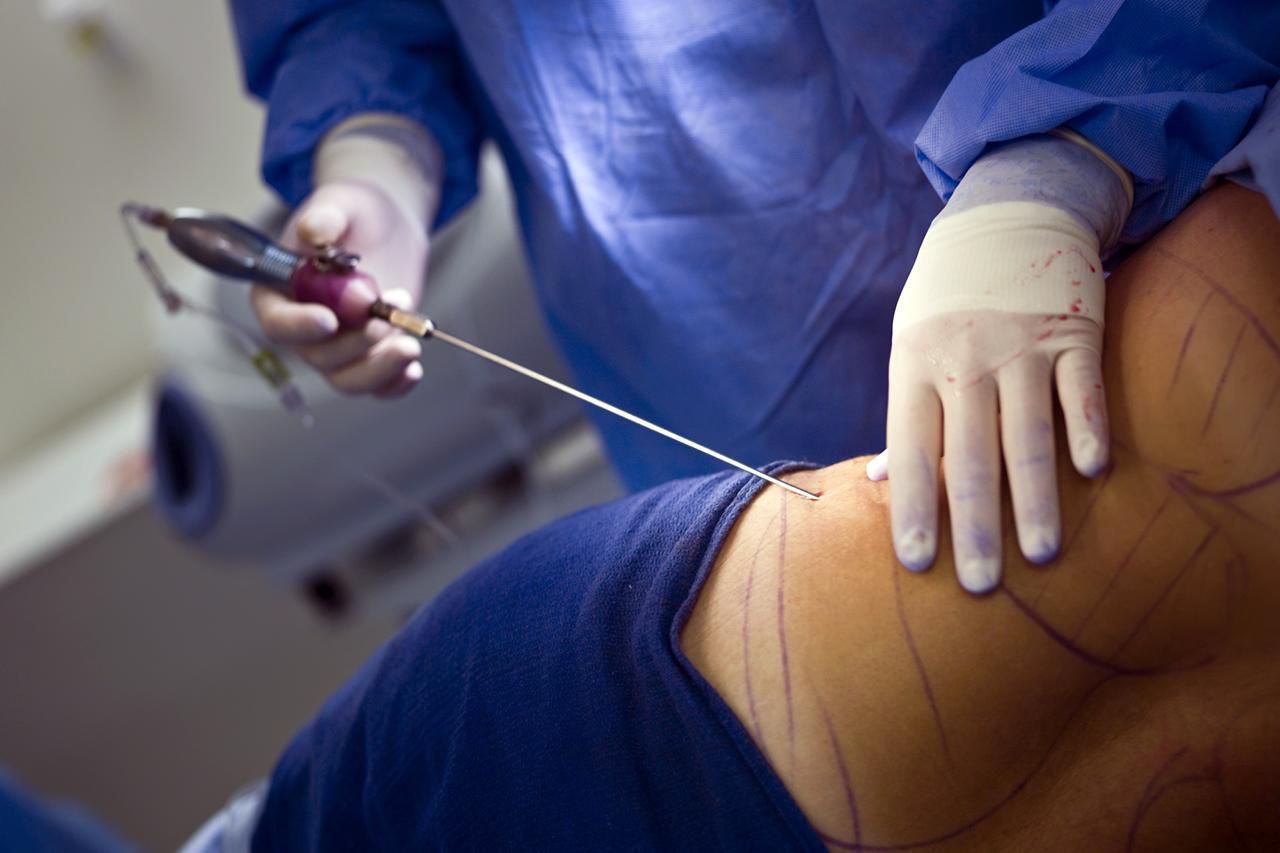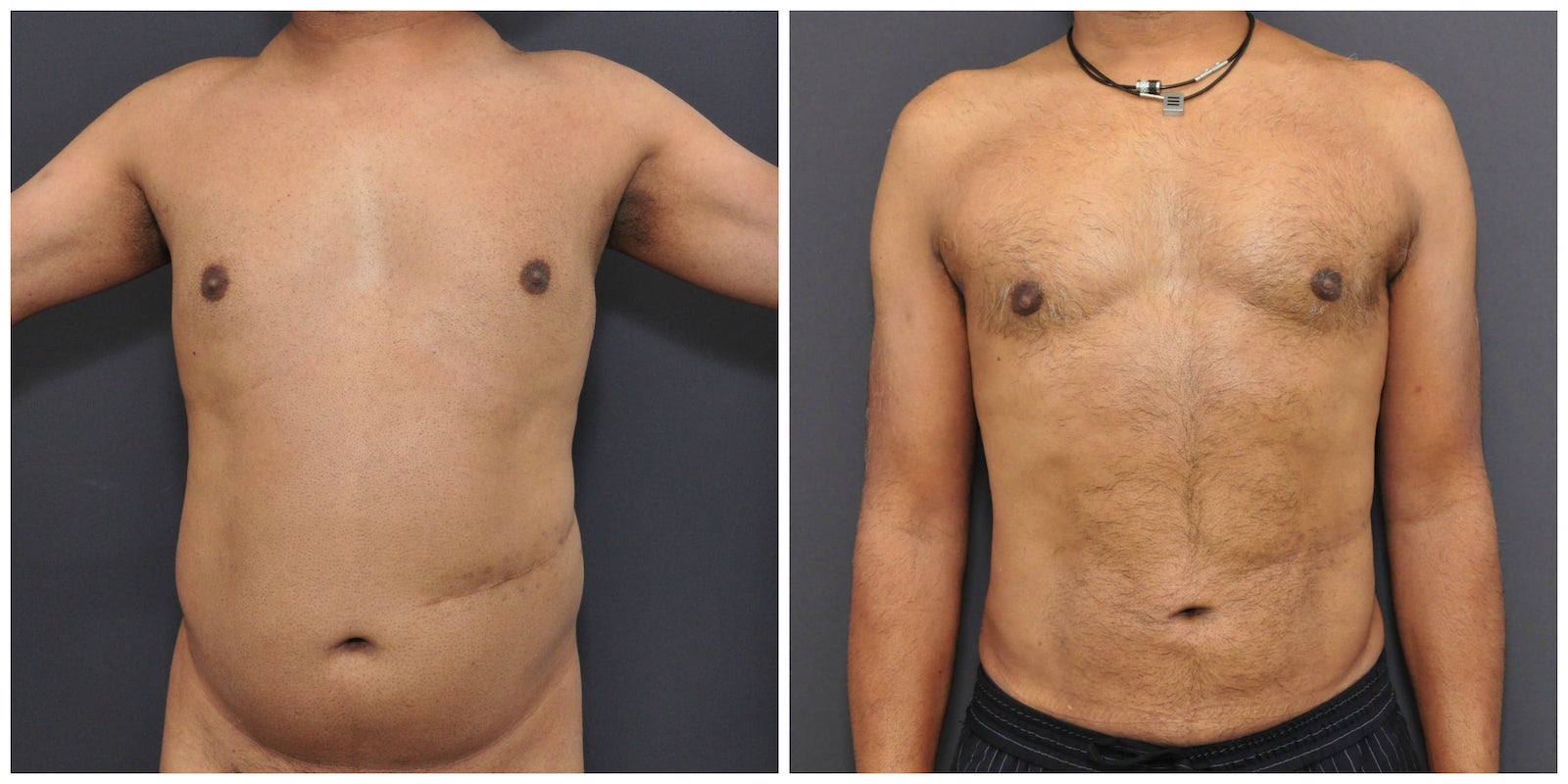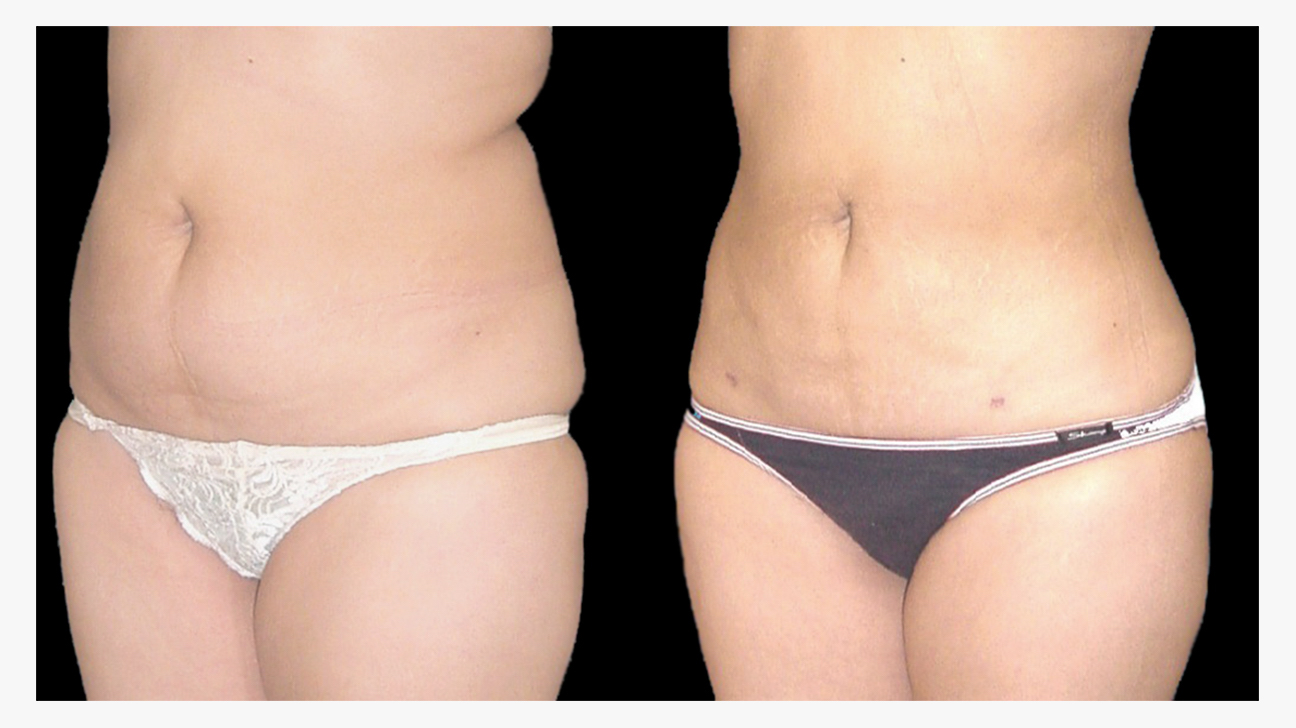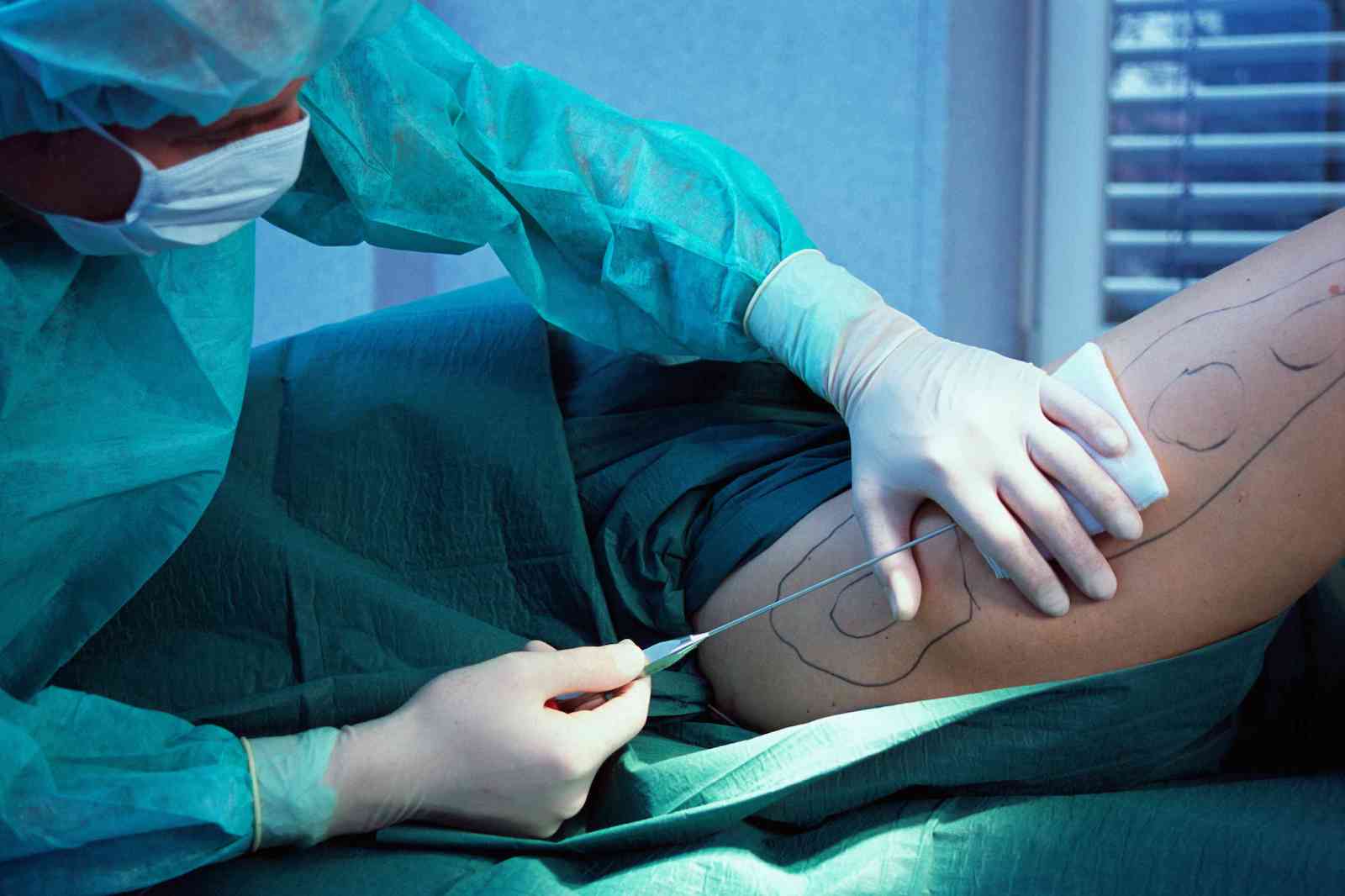
What are the scarring effects of liposuction?
Liposuction, which is a popular form of cosmetic surgery, can be used to reduce excess fat and create a flatter body contour. This is possible with incisions less than 5mm.
However, scarring can occur after liposuction, and this could affect your overall procedure. They might not be severe enough to cause any problems.
We understand that scarring can be a concern if you are considering liposuction. Here are some ways to diminish scarring.

What Causes Small Scars from Liposuction?
Liposuction leaves little scarring because the surgeon will make tiny cuts in the skin at the most visible areas of the body. After the fat is removed, the incisions can be sewn.
You will see some scarring around the target areas after the procedure. This is normal. These scars are most commonly reddish in color at first, but then turn purple. The scars will fade over time and blend in with the skin.

How long does it take for the liposuction incisions to heal?
Your liposuction wounds should heal for at least 12 months. Your genetics, how your body heals after surgery, and your skin color will all affect the amount of scarring from liposuction.

Are Liposuction Scars Going Away?
Generally, liposuction scars disappear after 12 months.
It is important to take good care of scarred tissue after treatment. Dyschromia (also known as discoloring) is a common problem. This can lead to hyperpigmentation, where the scarred areas appear darker, or hypopigmentation when the scars are lighter.
You should also be aware of liposuction scars that are not often visible. These scars can sink into the skin’s surface due to muscle loss or fat loss. Hypertrophic scars, which can be slightly raised above the skin’s surface, are sometimes called hypertrophic. However, they will decrease in time.
Keloid, a scar that is irregular in shape and can be very hard to touch, is also known as hypertrophic. Keloid can appear raised, and it can be either pink or purple. You should inform your surgeon if you notice keloid scarring from past injuries.

How do you get rid of Fibrosis after Liposuction?
Participating in a scar management program targeted at problematic scars is the best way to get rid of fibrosis following liposuction.
Ellie says that liposuction scars can be difficult for those with natural scarrings, such as hypertrophic and keloid scar formers. She also outlines a comprehensive after-care scar management program. It uses high-energy lasers and devices to manage scar tissue as efficiently as possible.
Laser therapy can help to break down hypertrophic scars and keloid by heating the affected area. After several sessions, you’ll start to notice the effects of laser therapy.
How can I get smooth skin after liposuction?
After your liposuction procedure, your skin should feel firmer and more smooth.
You can also help your body heal by eating a healthy diet, drinking lots of water, and working out when you are ready.

Conclusion
Talk to your healthcare provider if you notice visible scarring from liposuction. Your healthcare provider may be able to offer scar removal services or insight as to why scarring isn’t disappearing.
A consultation with a cosmetic surgeon such as atlantaliposuction.com is recommended if you are interested in liposuction and have concerns about scarring. A professional will be able to give you an accurate estimate of the likelihood that you will develop scarring from the procedure after you have shared your family history and addressed any scarring you may have had.








